Making It Count
Columbia tackles the 2020 Census in latest design challenge
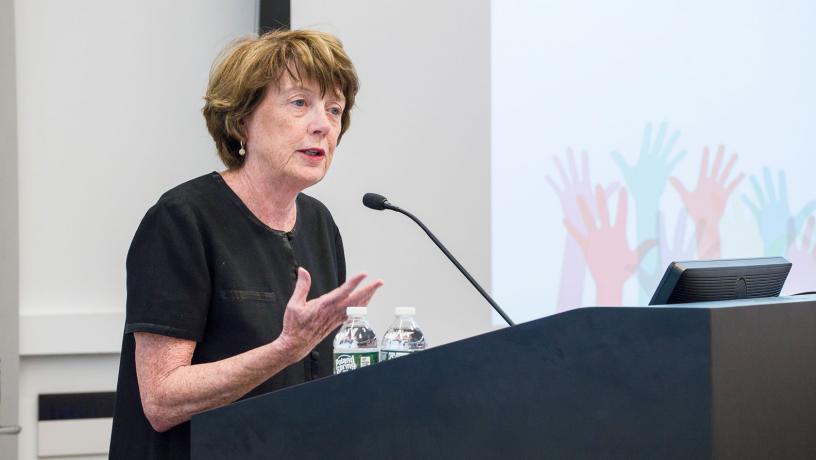
Dean Boyce welcomed students at the Design Challenge Census 2020 launch.
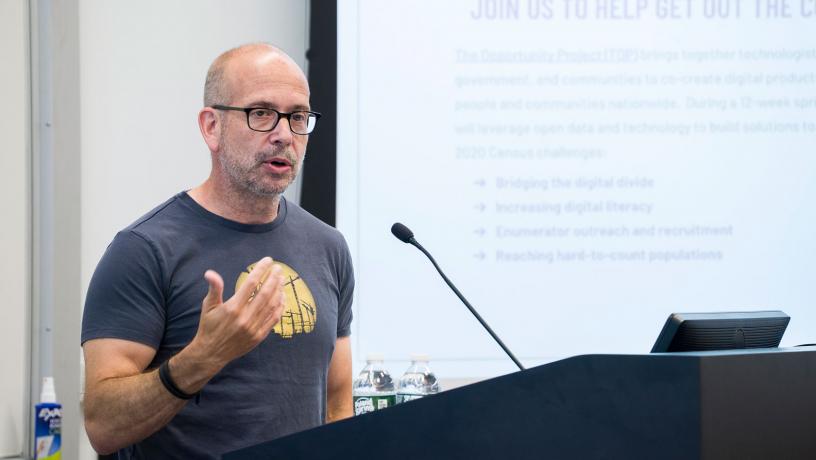
Mark Hansen of the Journalism School and Brown Institute for Media Innovation talked about the power of telling compelling stories around the census.
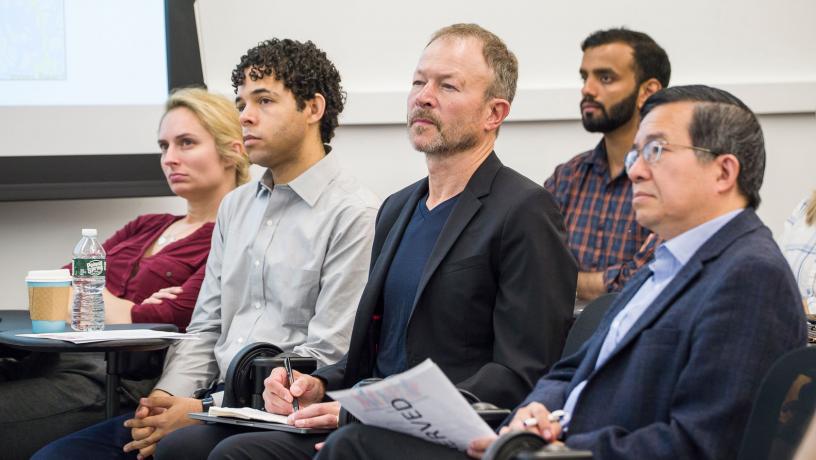
Columbia Engineering Professors Lydia Chilton, Brian Smith, and Harry West (left to right) will all embed the design challenge into their courses this fall.
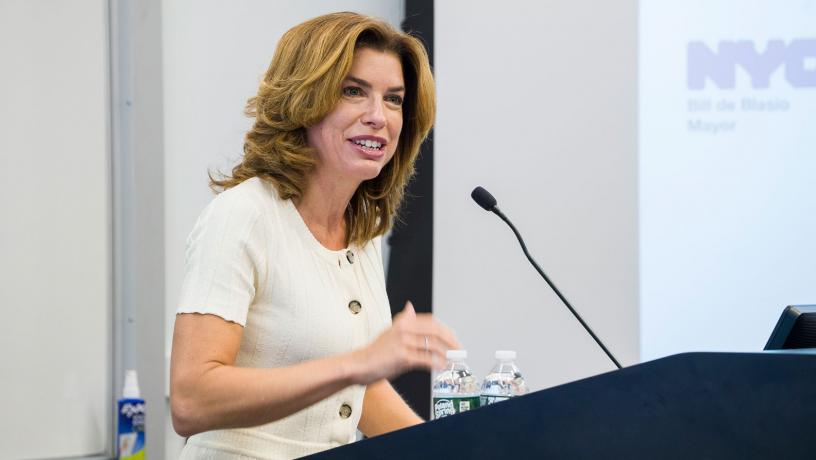
Julie Menin, director of the 2020 Census for NYC, discussed the enormous impact results will have on public funding and city programs.
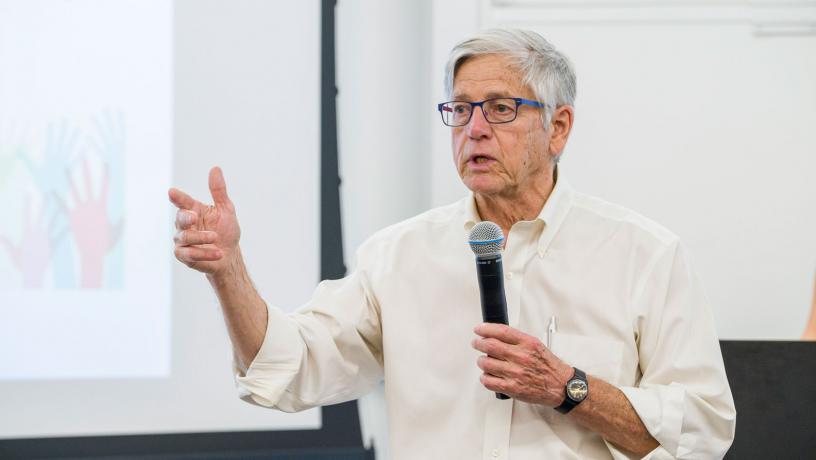
Census expert and SIPA Professor Ken Prewitt discussed how decreasing levels of public trust and the rise of disinformation could impact participation.
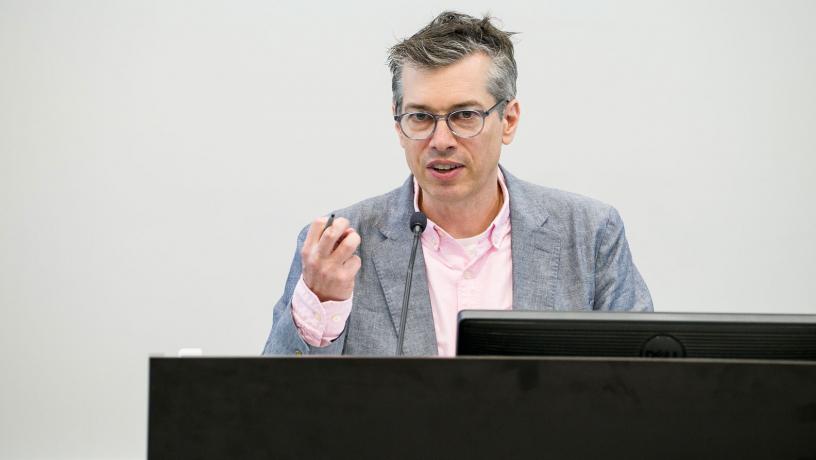
Prof. Chris Wiggins moderated an expert panel on applying design thinking to the census challenge.
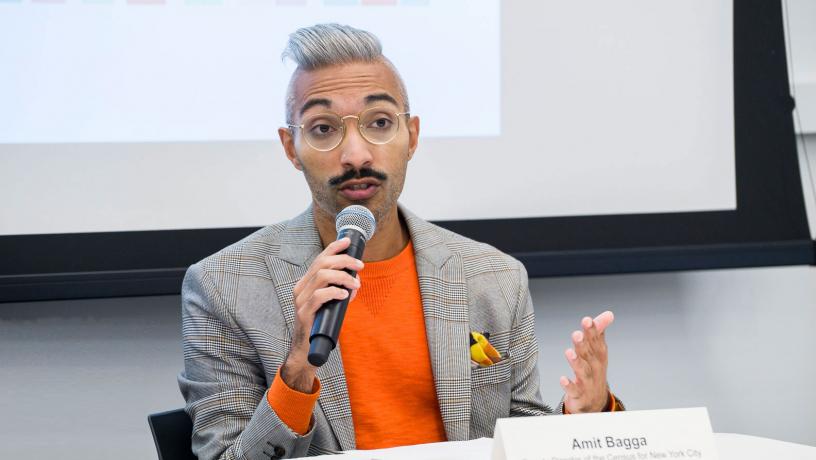
Panelist Amit Bagga, deputy director for the NYC Census, offered historical and cultural context to issues surrounding the census.
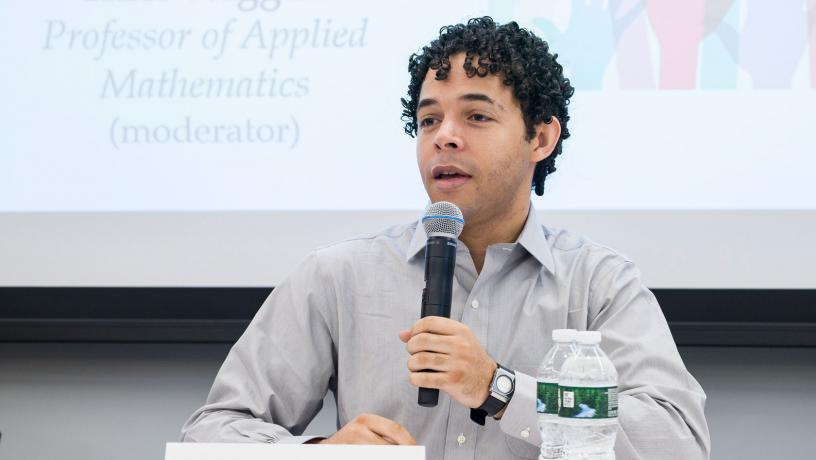
Prof. Brian Smith spoke of the importance of empathy in the design process.
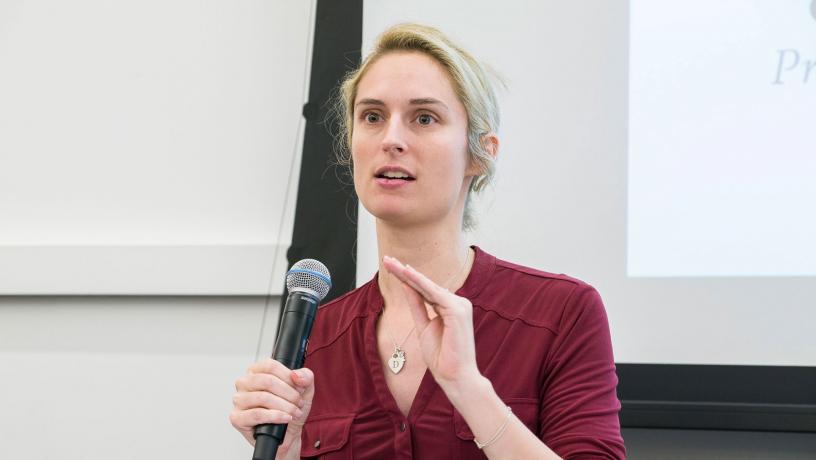
Prof. Lydia Chilton stressed the need for participants to define the problem locally and embed themselves in the community.
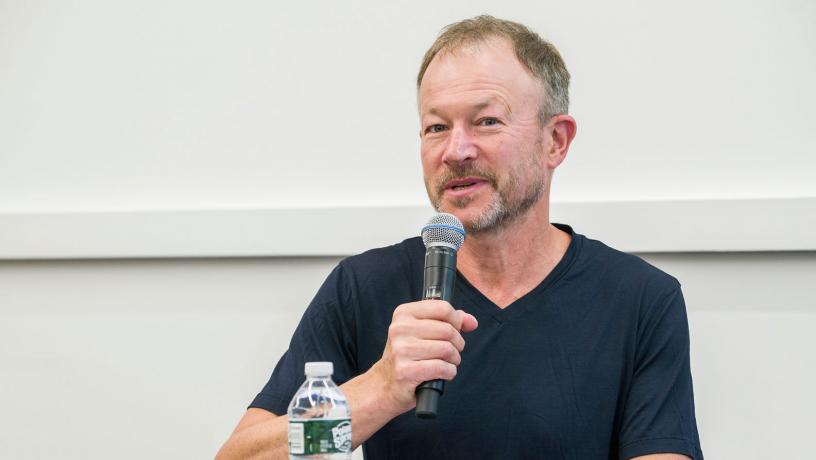
Prof. Harry West is co-leading a special human-centered design seminar focused on increasing participation among under-represented minorities.
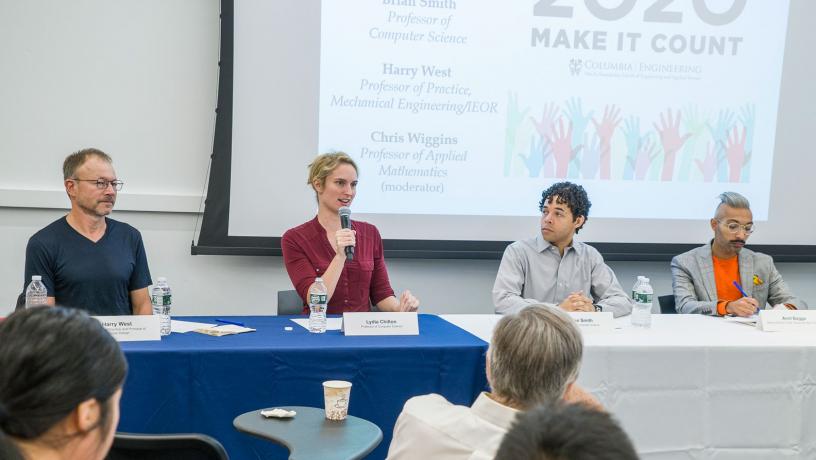
During the Q&A, Chilton discussed the role of feedback in the design thinking methodology.
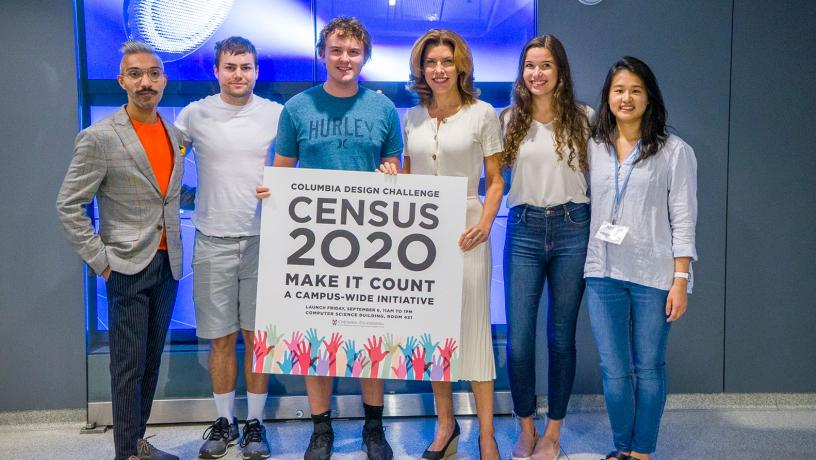
New York City’s Office of the Census officials Bagga (far left) and Menin (middle) pose with students Jacob Nye, Noah Love, Natalia Dorogi, and Sharon Liu.
Every ten years, the US government undertakes a massive effort to count each of the nation’s residents—home by home, block by block, community by community. This data then forms the basis by which representation and public resources are apportioned across the country, locking in the distribution of congressional districts and the allocation of some $700 billion in federal funding for years to come.
For a heavily populated area like New York City, where response rates have historically lagged well behind the national average, the stakes in obtaining a precise headcount are thus extremely high.
In response, and in collaboration with New York City’s Office of the Census, Columbia Engineering has launched its latest design challenge: Census 2020, which will harness the innovative thinking and enthusiasm of students university-wide to increase community participation throughout the five boroughs.
For years, Columbia Design Challenges have drawn students from across the university to devise interdisciplinary solutions to urgent societal needs. Many past challenges have taken a global lens, from fighting Ebola to building sustainable workspaces in India to increasing access to clean water in Rio de Janeiro.
On September 6, a diverse crowd of students packed into a computer science lecture hall to hear faculty experts and representatives from city government provide an overview of a subject with strong local resonance—and highlight some of the unique challenges that can undercut an accurate census.
“Today we have the opportunity to join with the city to make sure every New Yorker is counted,” Columbia Engineering Dean Mary C. Boyce told the crowd. “What are the obstacles to participation? How can we make the process easier and more effective? How can we empower communities to take action?”
In 2010, roughly 62% of New York City responded to the census, compared to 76% in the rest of the country. Brooklyn had one of the lowest response rates in the country at 56%.
“This is the most significant issue facing New York City for the next decade,” said Julie Menin CC’89, director of the 2020 Census for New York City and a Columbia University trustee.
In her turn at the podium, Menin highlighted some of the 200 vital public programs that could be affected by the final count. Online and mobile methods for filling out the census, new this year, could help significantly increase involvement.
“Digital is our greatest asset,” she said, while also acknowledging new difficulties brought on by the digital age.
What you accomplish during this competition can have a direct impact on the lives of New Yorkers. And the lessons learned from this initiative can be applied to similar challenges facing other cities, in our country and around the world.
Recording of Design Challenge Kickoff
The growing use of social media to spread disinformation is one major obstacle to upping participation, argued Ken Prewitt, a former director of the United States Census Bureau and the Carnegie Professor of Public Affairs at the School of International and Public Affairs. Noted statistician Mark Hansen, a professor at Columbia’s Graduate School of Journalism, shared how compelling and relevant stories could help capture the attention of hard-to-reach communities. Hansen, also director of the Brown Institute for Media Innovation, created the network News Counts to partner with local, state, regional, and university newsrooms to craft such content.
At its core, the ambitious US Census is grand human drama ill-suited to a narrowly technical approach. An expert panel including deputy director for the NYC Census Amit Bagga and a cohort of Columbia Engineering faculty addressed the census’ complicated history and the importance of incorporating community-based design thinking into any successful outreach efforts.
Those faculty will for the first time be embedding this year’s challenge into their courses. Harry West, a professor of practice and principal of Invisible Design, is co-leading a design seminar with Lydia Chilton, an assistant professor of computer science. Assistant professor Brian Smith will teach a computer science course on user interface design, and panel moderator Chris Wiggins, associate professor of applied mathematics, will incorporate the census in his applied math seminar. Professor Paul Blaer is devoting one track of his Projects in Computer Science course to the problems and needs of various census stakeholders.
Students not enrolled in dedicated courses can still compete in the challenge—for instance, by creating an independent study project centered around the theme. In any case, faculty and alumni advisers will guide students over the course of the semester as they refine their prototypes with an eye toward a final pitch session, in which teams can compete for grants to fund possible deployment of the winning ideas.
“You will be pioneers in the emerging area of civtech, working with the Census Office and utilizing public data sets to solve community challenges,” Boyce said. “What you accomplish during this competition can have a direct impact on the lives of New Yorkers. And the lessons learned from this initiative can be applied to similar challenges facing other cities, in our country and around the world.”
